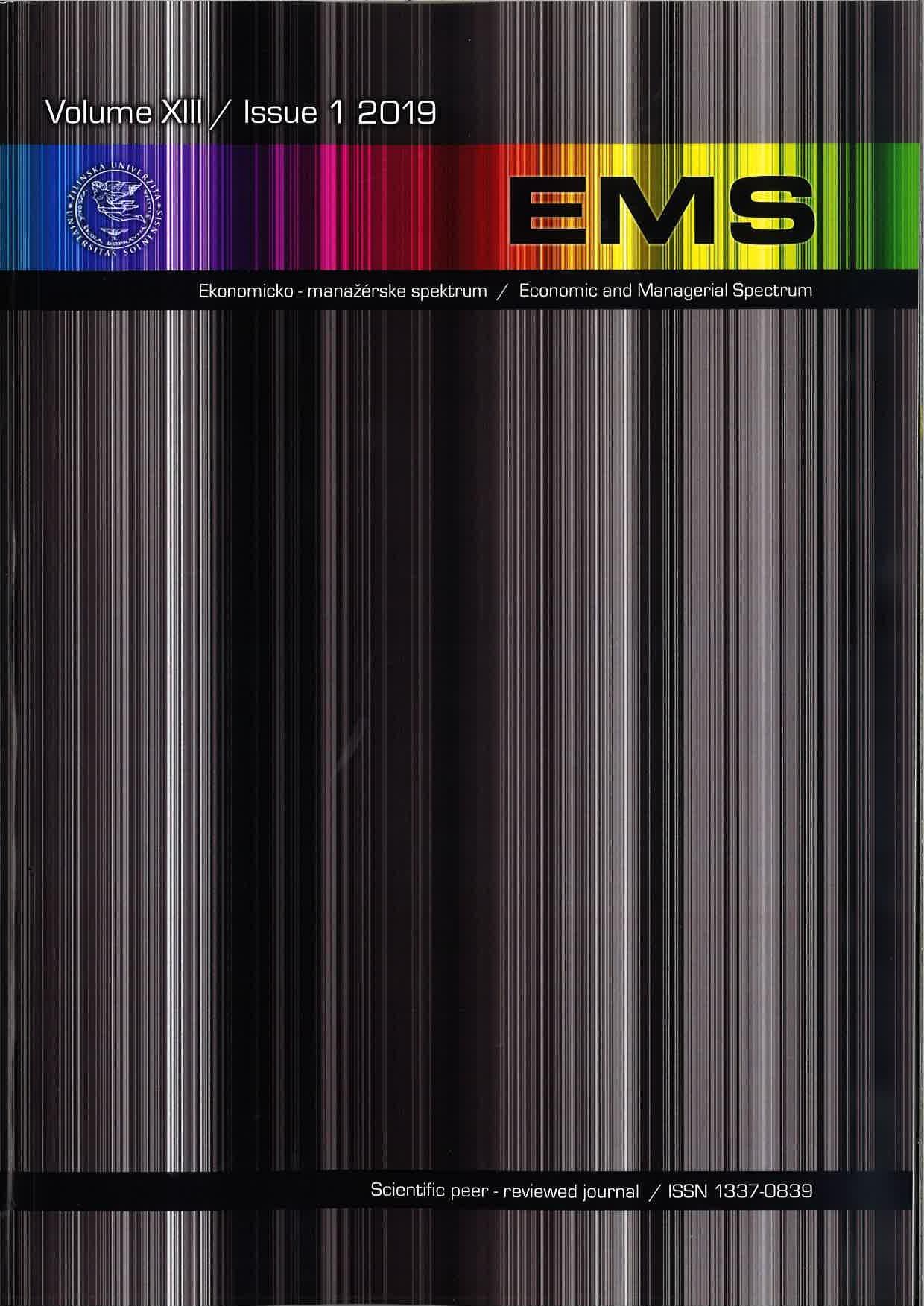PROVISION OF TRADE CREDITS IN RELATION TO CORPORATE PAYMENT ABILITY: A CASE STUDY OF THE VISEGRAD FOUR
PROVISION OF TRADE CREDITS IN RELATION TO CORPORATE PAYMENT ABILITY: A CASE STUDY OF THE VISEGRAD FOUR
Author(s): Peter Krištofík, Jakub Horák, Petr ŠuleřSubject(s): Business Economy / Management, Micro-Economics, Financial Markets
Published by: Žilinska univerzita v Žiline, Fakulta prevádzky a ekonomiky dopravy a spojov, Katedra ekonomiky
Keywords: trade credit;receivables management;V4;payment discipline
Summary/Abstract: The contribution is focused on the issue of payment discipline and providing trade credits. Providing trade credits has become a common business practice. In contribution, our attention is paid to receivables in particular trade receivables, also known as trade credits.Advantageous payment terms can be considered as a competitive advantage. If a supplier does not request immediate payment for a good or service but provides its customers a possibility for invoice payment, we can talk about advantageous payment terms. In a functioning and efficient market economy, providing trade credits is a necessity. Nevertheless, trade credits need to be provided very carefully. The main aim of the contribution is to evaluate the current state of payment discipline of enterprises in the Visegrad Four together with the identification of factors affecting the solvency and at the same time to propose solutions to this crucial issue of the business environment. Within the practical part of the contribution, the authors focus on the importance of proactive management of receivables and the comparison of surveys of chosen agencies. The first part of the contribution is focused on the analysis of payment discipline. The key results of the chosen survey were analyzed. Atradius - European Payment Practices Barometer: Eastern Europe 2018, EOS - Payment Practices 2018 and Intrum Justitia- European Payment Report 2018 were used. The authors also test a hypothesis about existing a statistically significant relationship between payment discipline and selected indicators. The last part is focused on designing possible solutions for more effective receivables management, which will result in partial recovery of the business environment.
Journal: Ekonomicko-manazerske spektrum
- Issue Year: 13/2019
- Issue No: 1
- Page Range: 96-108
- Page Count: 13
- Language: English

